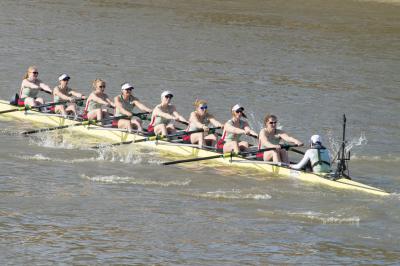If you think women are a weaker sex, there is news for you. A recent study by the University of Cambridge states that prehistoric women had more strength in their arms than trained female athletes of the present day. Their increased muscle and bone strength were most likely developed due to hard agricultural labour.
The study was conducted on bone samples of 94 women belonging to farming community of Central Europe, between 5300 BC and 850 AD. It showed that physical labour was not only confined to men in the prehistoric period; women contributed equally or more in tilling the field, grinding grain manually and handling the sickle.
The findings indicate that women held a position of importance in the society, perhaps much more than in the medieval times when they were mostly confined to the house. The study also shows that the arm strength of women started gradually declining during the Middle Ages, slowly matching that of present women.
As the role of women in history has been much debated, this research helps in underlining the contribution of the 'fairer sex' towards running the house. This is the first study to compare prehistoric female bones to those of living women.
Alison Macintosh, lead author of the study, which was published in Science Advances, said, "By interpreting women's bones in a female-specific context we can start to see how intensive, variable and laborious their behaviors were, hinting at a hidden history of women's work over thousands of years."
Comparing the bones of men and women is not a good way to judge who did how much work, stated Macintosh, as the bones of two genders are affected differently by physical labor. However, the findings make it clear that women of that era were stronger than rowers or female athletes of this age and they had been comparatively stronger since a very young age.

Macintosh studied the upper arm and shin bones of women from the Neolithic and Middle Ages, comparing them to 83 living women from Cambridge who are involved in sporting activities. The results proved that the ancient women were consistently stronger than their descendants.
Neolithic women were 11 to 16 percent stronger and women from the Bronze Age were nine to 13 percent stronger, reports The Verge. The leg bones, on the other hand, do not show consistency as some have weaker legs than modern women whereas some have stronger than runners.
The study, although quite conclusive, has certain limitations as it could not take into account the genetic factor, which is capable of contributing to muscle strength. Also, only European women were considered for the study, giving rise to the possibility that women from other regions would show different results.









